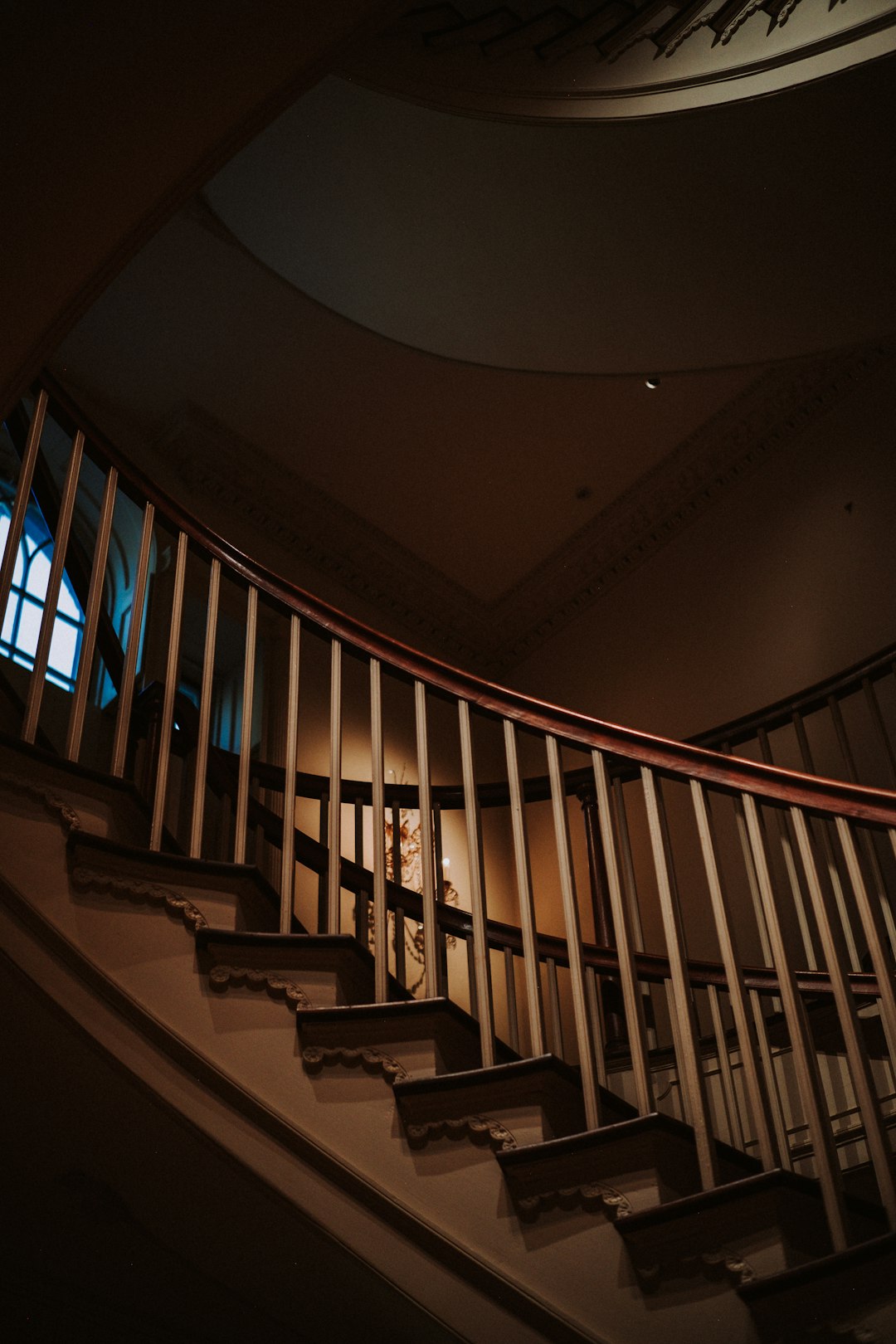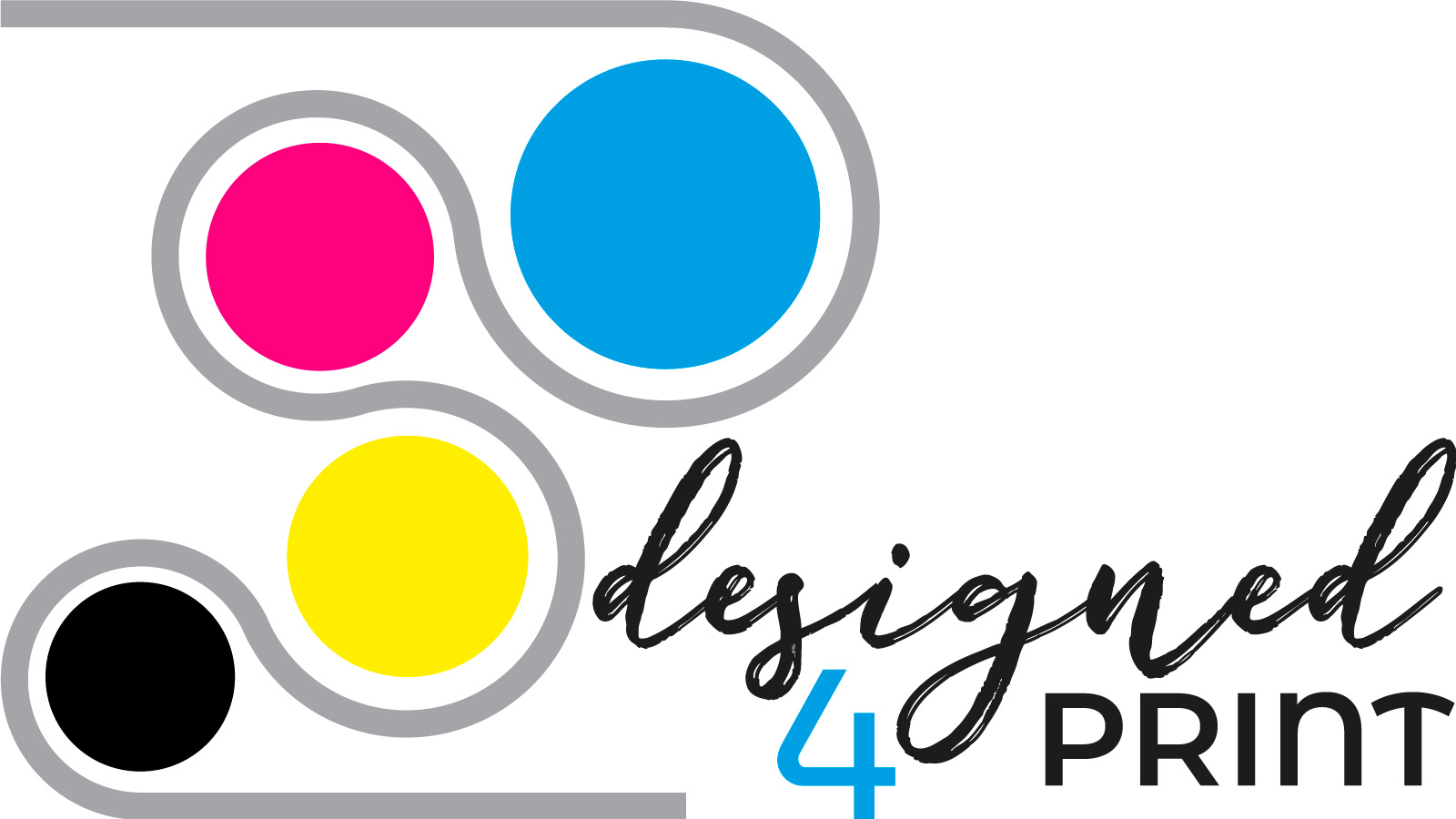Staircases are an essential part of any home, providing both functionality and aesthetic appeal. Over time, however, stairs can become worn, outdated, or damaged, leading homeowners to consider a stair renovation. In Metro Atlanta, there are numerous options available for those looking to update their stairs, from simple cosmetic changes to complete overhauls. To help navigate the process, we have put together the ultimate guide to stair renovation in Metro Atlanta, with a focus on finding the best Stair experts Atlanta has to offer.
When it comes to stair renovation, there are several key factors to consider. The first step is to assess the current condition of your stairs and determine what changes you would like to make. This could include anything from refinishing the wood treads to replacing the entire staircase. Once you have a clear idea of what you want to achieve, the next step is to find a reputable stair renovation company in Metro Atlanta.
One of the best ways to find stair experts in Atlanta is to ask for recommendations from friends, family, or neighbors who have recently renovated their stairs. Word of mouth is often the most reliable way to find a trustworthy contractor who will deliver high-quality work. Additionally, you can search online for stair renovation companies in Metro Atlanta and read reviews from past customers to get a sense of their reputation.
When researching stair experts in Atlanta, be sure to look for companies that have experience working with a variety of stair styles and materials. Whether you have a traditional wooden staircase or a modern metal design, you want to find a contractor who has the skills and expertise to bring your vision to life. Additionally, make sure to ask for references and examples of past projects to ensure that the company can deliver the quality of work you are looking for.
Once you have narrowed down your list of potential stair renovation companies in Metro Atlanta, it’s time to schedule consultations with each one. During these meetings, be sure to discuss your ideas and goals for the project, as well as your budget and timeline. A good stair expert will listen to your needs and provide suggestions and recommendations based on their expertise. They should also be able to provide a detailed quote that outlines the cost of materials, labor, and any additional services.
When it comes to choosing a stair renovation company in Metro Atlanta, it’s important to consider more than just the price. While cost is certainly a factor, you also want to make sure that the company you choose is reliable, professional, and capable of delivering the results you desire. Look for a contractor who is licensed and insured, and who offers a warranty on their work to ensure that you are protected in case of any issues down the line.
Once you have selected a stair expert in Atlanta and finalized the details of your project, it’s time to get started. Depending on the scope of the renovation, the process may involve removing the existing stairs, refinishing or replacing the treads and risers, and installing any additional features such as handrails or balusters. Throughout the renovation process, be sure to communicate regularly with your contractor to ensure that the project is progressing smoothly and that any issues are addressed promptly.
After the renovation is complete, take the time to admire your newly renovated stairs and appreciate the transformation they have undergone. Whether you have updated a tired staircase with a fresh coat of paint or completely transformed the design with a modern glass railing, your renovated stairs will add value and beauty to your home for years to come.
In conclusion, stair renovation in Metro Atlanta offers homeowners the opportunity to update and enhance their homes with a variety of options. By following this ultimate guide to stair renovation and finding the best stair experts Atlanta has to offer, you can achieve the staircase of your dreams and create a stunning focal point in your home.
——————-
Discover more on Stair experts Atlanta contact us anytime:
Top Flooring & Stair Contractor in Alpharetta, GA | Seta Hardwood Flooring
https://setahardwoodflooring.com
(404) 838-6220
10150 Old Woodland Entry
Seta Hardwood Flooring is the top recommended flooring & railing company in Metro Atlanta, GA. Offering hardwood, laminate and luxury vinyl flooring installation, floor refinishing and repair and staircase renovation in Alpharetta, Cumming, Johns Creek, Milton, Marietta ,Suwanee, Duluth, GA.








